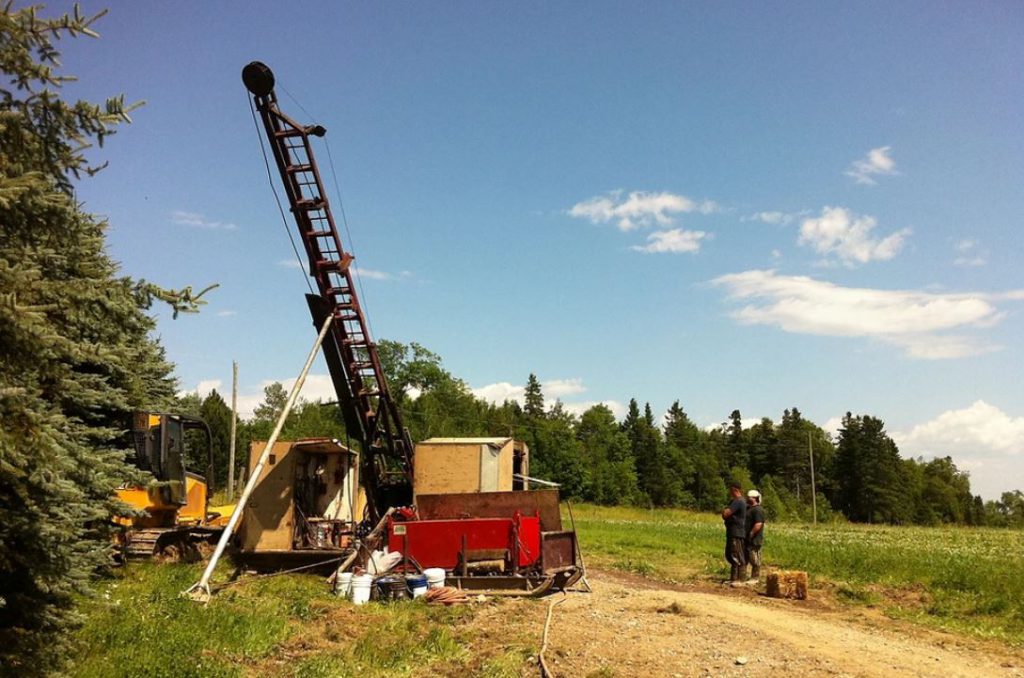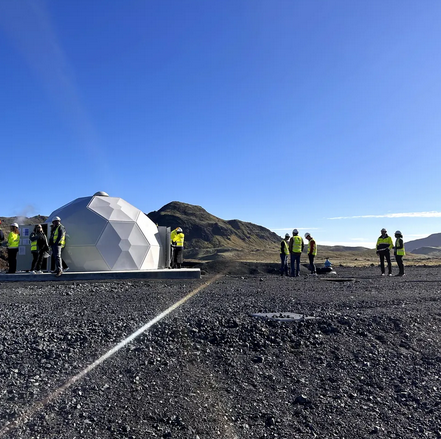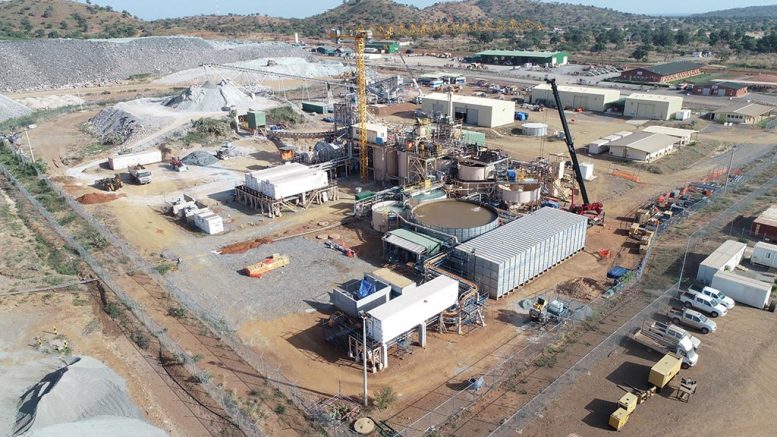Blog: Balancing grinding circuit cost and plant performance with MHC hydrocyclones
Depleting ore grades and rising energy costs set new challenges for the mining industry. Grinding circuit energy consumption represents one of the largest operating costs in a typical mineral processing facility. Therefore, it is important to recognize the impact the classification equipment technology has on both the capital and operating expenses as well as overall plant performance in long term.
In this post, we discuss some of the key principles in evaluating potential classification equipment and how new Metso MHC™ Series hydrocyclones help to tackle some of the main challenges in balancing cost and performance of your grinding circuit to ensure maximum mineral recovery.
Focus on total cost of ownership
When selecting an optimal classifier for your circuit, there are several key objectives to target. These include:
- Selecting equipment that improves overall plant performance, through improved grinding circuit performance and improved recovery of valuable minerals
- Selecting equipment that will provide acceptable availability and maintenance costs
- Reducing the capital costs, including the direct capital costs of the classifier as well as indirect cost implications such as the resulting mill selection, building costs and indirect cost factors influenced by the classification equipment
Metso recently developed a new line of classification equipment. With the new offering, we are now able to select the optimum technology for a given classification application while delivering the highest potential value. An integral part of this new offering is Metso MHC Series hydrocyclone for wet classification.
Hydrocyclone design principles – performance and maintainability
Based on extensive market research and industry feedback, we identified targets for the development of a Metso hydrocyclone, focusing on both improved process performance and maintainability.

The internal geometry of the Metso MHC™ Series hydrocyclone is optimized to promote smooth flow from the inlet through the entire hydrocyclone, minimizing turbulence and increasing throughput. The low turbulence has the added benefit of reducing wear rates in the inlet head. In addition, various liner materials have been tested to provide a more even wear rate throughout the entire assembly, reducing the likelihood that components are removed prematurely due to convenience alone.
Maintenance time and cost are further reduced via simplification of the design. The number of individual components was reduced by the single component conical section which eliminates the need for multiple conical section liners and housing pieces.
The line has seven different hydrocyclone sizes available, ranging from 100 to 800 millimeters in diameter. Each size has a range of vortex finder and apex inserts to fine tune the classification performance. High grade polyurethane and ceramic wear component options offer a balance between wear performance and cost depending on the project specifics.
Metso Metso MHC™ Series Hydrocyclone design overview
Standardized manifold/cluster design to ensure accurate feed distribution and accessibility

The Metso MHC cluster design is standardized and application specific engineering is available when required. Linear and radial distributors ensure even split and consistent pressure between the hydrocyclones. Pneumatically-controlled isolation knife gate valves (or optional manually controlled valves) seamlessly transition between operating hydrocyclones and stand-by hydrocyclones for maintenance. Also, pressure monitoring ports for optional local pressure gauge and pressure transmitter are provided on the feed distributor. Range of wear resistant linings are available and rubber lining is incorporated into the feed distributor, as well as the overflow and underflow launders. In the manifold design, special attention was paid to ensure safe access for monitoring, sampling and maintaining the hydrocyclones and manifold components.
Metso’s improved manifold design ensures accurate feed distribution including overflow and underflow collection from multiple hydrocyclones operating in parallel.
To sum it up, design of the classification equipment has enormous impact on the capital and operational cost of a plant. These should be kept in mind when choosing equipment for your grinding circuit. In our next blog, we focus on the results received from extensive laboratory and field test program on Metso MHC Hydrocyclones.
Find out more: https://www.metso.com/products/separation/MHC-hydrocyclones/
More News
Manganese X poised to begin pre-feasibility study at Battery Hill
April 11, 2025 | 02:39 pm
Carbon removal technologies could create tens of thousands of US mining and quarry jobs – report
April 11, 2025 | 01:33 pm
{{ commodity.name }}
{{ post.title }}
{{ post.date }}




Comments